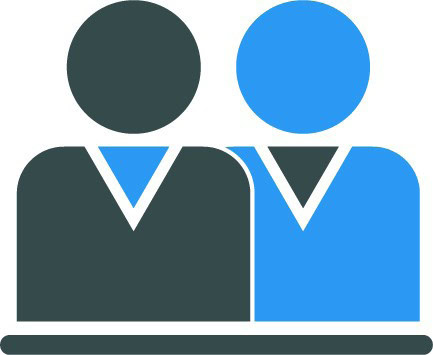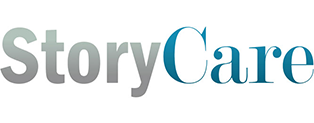217
Instructor’s Guide – Out of the Blue
Overview:
This story highlights the importance of provider listening and questioning during patient assessments.

Primary Learning Outcomes
After completing this lesson, the student will be able to:
- Integrate patient complaints within diagnostic processing.
- Examine the seriousness of patient complaints until the patient feels they have adequately been addressed.
- Modify treatment routines based on patient complaints, as required.

QSEN Pre-Licensure Competencies
The following QSEN competencies are addressed in this lesson:
- Patient-Centered Care: Recognize the patient or designee as the source of control and full partner in providing compassionate and coordinated care based on respect for patient’s preferences, values, and needs.
- Quality Improvement: Use data to monitor the outcomes of care processes and use improvement methods to design and test changes to continuously improve the quality and safety of health care systems.
- Safety: Minimizes risk of harm to patients and providers through both system effectiveness and individual performance.
- Teamwork and Collaboration: Function effectively within nursing and inter-professional teams, fostering open communication, mutual respect, and shared decision-making to achieve quality patient care.

QSEN Teamwork & Collaboration Enrichment
TeamSTEPPS® Best Practice: Situation Monitoring
TeamSTEPPS (Team Strategies and Tools to Enhance Performance and Patient Safety) is an evidence-based set of teamwork tools, aimed at optimizing patient outcomes by improving communication and teamwork skills among health care professionals.
- Situation Monitoring is the process of continually scanning and assessing a situation to gain and maintain an understanding of what’s going on around you.
- Situation Awareness is the state of “knowing what’s going on around you.”
- A shared mental model results from each team member maintaining situation awareness and ensures that all team members are “on the same page.”
Students will answer reflection questions upon completing the story. These questions are aligned with the QSEN competencies and are designed to help the student reflect on both the content of the story and the QSEN competencies addressed by the story.
*Following each question are some potential answers
- How could the health care team have improved their patient-centered care for Mr. Crane?
A: The health care team could have improved patient care by listening to his complaints and integrating them into the diagnostic processing.
- How could the healthcare team improve their response and treatment of this patient?
A: The healthcare team could have improved their response by examining the seriousness of Mr. Crane’s complaints until the patient feels they have adequately been addressed.
- What might have prevented Mr. Crane’s collapse?
A: The treatment routine could have been modified as required based on Mr. Crane’s complaints both in the ED and during x-ray procedures.
Discussion Questions:
Use discussion questions for face to face or online discussion boards to get students to further reflect on the content of the story together.
*Following each question are some potential answers
- What can we learn from this story?
A: Patient complaints are an important part of initial and ongoing treatment processes.
- Could this situation have been prevented? If so, how?
A: One way the team may have prevented this situation was to address Mr. Crane’s complaints and adjust the treatment process accordingly.
- What actions could have been taken to avoid patient harm in this situation?
A: As soon as Mr. Crane stated that he was feeling dizzy during the x-ray procedure he could have been seated and monitored to prevent the fall.
Measuring Student Mastery:
| Learning Outcome | Level 1 | Level 2 | Level 3 |
| Integrate patient complaints within diagnostic processing. | Student ignores or underestimates the seriousness of patient complaints. | Student notes patient complaint, but fails to modify treatment procedure to ensure patient safety. | Student notes patient complaint, and modifies treatment procedure properly to ensure patient safety. |
| Examine seriousness of patient complaints until patient feels they have adequately been addressed. | Student does not recognize the seriousness of patient complaints and fails to act accordingly. | Student recognizes seriousness of and listens attentively to the complaint, but fails to repeat back their own understanding of the complaint with the patient for verification. | Student recognizes seriousness of the complaint, addresses the complaint, and verifies with the patient that the complaint has been addressed. |
| Modify treatment routine based on patient complaints as required. | Student makes no attempt to modify treatment routine based on patient complaint. | Student verifies understanding of patient complaint, but fails to modify treatment. | Student verifies understanding of patient complaint with patient and modifies treatment plan accordingly. |

For additional information on improving team communication, please consult the following articles and resources in Further Reading:

Story-Specific Best Practices and Proven Tools:
In addition to the ideas generated by students and mentioned in the activities, there are established best practices that may be appropriate to introduce or reference during this lesson to support communication, situation monitoring, situation awareness and mutual support. Some best practices to consider for improving team communication include:
- STEP Process
- Cross Monitoring
- Advocacy
- Active Listening

